Aqua Mina Guides on Using Copper Sulfate in Shrimp Farming
What is Copper Sulfate?
Copper(II) sulfate is an inorganic chemical compound with the formula CuSO4. This salt exists in several hydrated forms: CuSO4 (anhydrous salt, mineral chalcocyanite), CuSO4·5H2O (most common pentahydrate form, mineral chalcanthite), CuSO4·3H2O (trihydrate form, mineral bonattite), and CuSO4·7H2O (heptahydrate form, mineral boothite).
Anhydrous Copper(II) sulfate (CuSO4) is a white powder that strongly absorbs moisture from the air to form the blue hydrate CuSO4·5H2O.

Benefits of Copper Sulfate in Shrimp Farming
1. Improved Oxygen Transport: Copper sulfate facilitates better blood transport and respiratory functions in shrimp.
2. Pigment Formation: It contributes to the formation of melanin (black pigment), stimulates the use of Iron (Fe), and acts as a catalyst for the formation of Hemoglobin (Hb). Shrimp farms lacking copper can experience slower growth, reduced copper levels in the blood, weaker liver function, and increased susceptibility to diseases.
3. Role in Molting and Reproduction: Copper sulfate plays a crucial role in the molting and reproductive processes of shrimp.
4. Algae and Parasite Control: It effectively eliminates blue-green algae, toxic algae, and bottom moss in aquaculture ponds.
5. Improved Water Quality: Copper sulfate helps improve water quality, control water color, and stabilize pH levels in ponds.
6. Parasite Elimination: It kills parasites such as wheel ciliates, trichodinids, anchor worms, microspores, and various parasitic worms found on the skin, gills, and fins of fish.
7. Disease Response: Copper sulfate reacts rapidly to diseases like ulcerations, head swelling, scale shedding, fin redness, and mouth redness.
8. Prevention of Parasite Build-up: It helps prevent the build-up of moss, slime, and parasites on the body and gills of shrimp.
How to Use Copper Sulfate in Shrimp and Fish Farming
- During Hot Weather: Use it when the weather is hot and the water is being aerated.
- Optimal Alkalinity Levels: It works effectively when the pond alkalinity is around 100 – 200 mg/l.
- Treatment in Shrimp Ponds:
- For Existing Shrimp Ponds: Use 0.1g per cubic meter of water to eliminate bottom moss. Dissolve and spread in the pond once a day for 2-3 consecutive days.
- For Ponds Not Yet Stocked with Shrimp: Use 0.25g per cubic meter of water to eliminate bottom moss. Dissolve and spread in the pond once a day for 2-3 consecutive days.
- Treating Other Aquatic Diseases:
- Fish Tanks: For diseases such as white gills, red gills, and ulcers caused by parasites or fish lice; and diseases like cotton mouth, fin rot. Use 0.3g per cubic meter of water. Hang in the pond once a day for 3 consecutive days.
Warnings When Using Copper Sulfate in Shrimp Farming
- The safe threshold for copper sulfate in shrimp ponds is 0.01 times the total alkalinity. If the alkalinity is 100 mg/l, the maximum amount of copper sulfate should be 1 mg/l or 0.25 mg/l.
- If the alkalinity is less than 50 mg/l, the toxicity level of copper sulfate cannot be determined. Low pH, especially combined with low alkalinity, can be dangerous.
- The maximum concentration that shrimp can tolerate is about 0.05 times the average LC50 level. If the pond water has an alkalinity below 20 ppm, do not use copper sulfate. If the water has an alkalinity above 250 ppm, copper sulfate precipitates quickly, so it may not be effective in a single treatment. Therefore, caution is needed, especially with juvenile shrimp.
The information shared above should help farmers know how to use copper sulfate effectively in shrimp farming and understand the dilution ratios and potential risks associated with its use.
Ngày đăng : 30/08/2024
2312 View
Other Articles
Vietnamese shrimp and catfish choose a sustainable path in global competition
End-of-Season Shrimp Prices Reach Record Highs
Norway – Russia Reach Barents Sea Fisheries Agreement for 2026
Cà Mau strengthens traceability to enhance the competitiveness of the shrimp industry.
Cold stress: Effects on the plasma characteristics of whiteleg shrimp.
A new breakthrough in the prevention of diseases caused by the microsporidian parasite EHP in shrimp farming
Vietnam’s shrimp export outlook in the first quarter of 2026 continues to face heavy pressure from tariffs.
New England’s shrimp fishery to shut down for the long haul after years of decline
Crab exports to the United States account for more than 80%.
Thailand sets a target to increase shrimp production to 400,000 tons by 2026.
CTU-RAS: Recirculating Shrimp Farming for Sustainable Development
Vietnamese aquatic products reach new markets








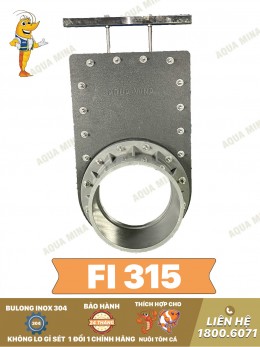
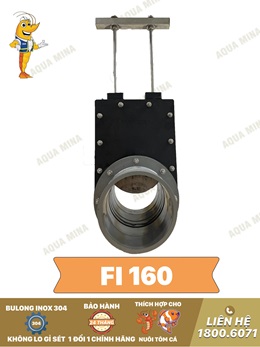

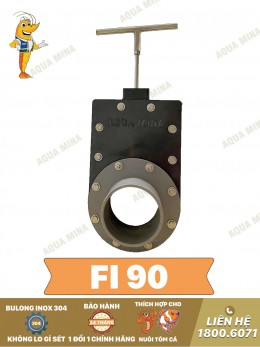
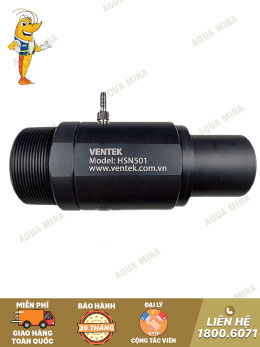
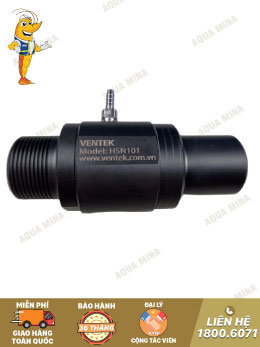

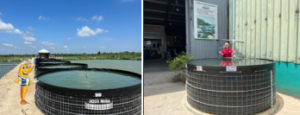
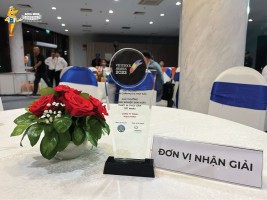
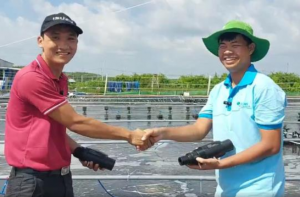
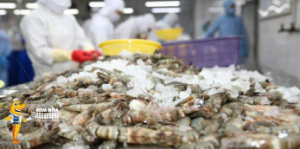
.jpg)